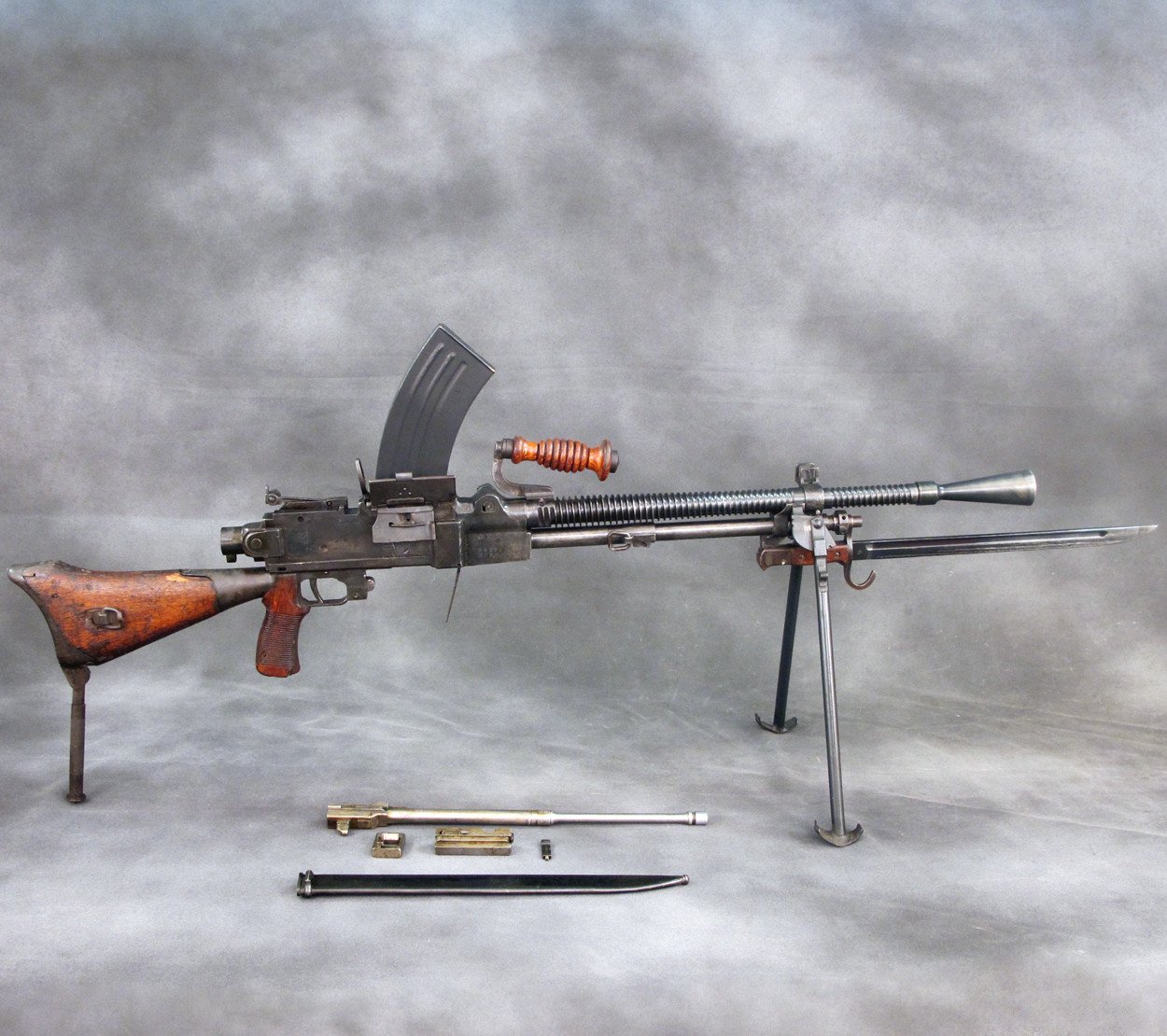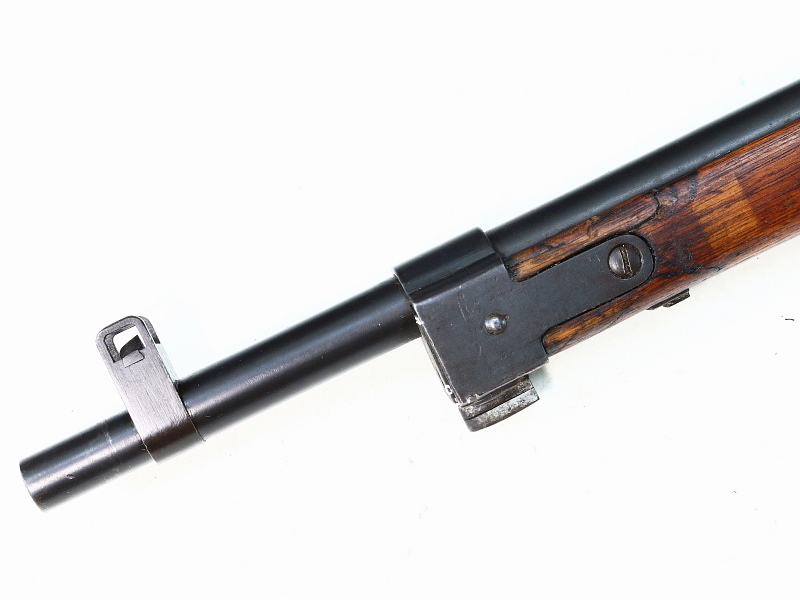
However, after the Japanese surrender in the summer of 1945, all manufacturing of rifles and ammunition stopped abruptly, and the Arisaka quickly became obsolete. Many captured Arisaka rifles were employed by neighboring countries both during and after World War II, in places such as China, Thailand and Cambodia. The Czech Legions that fought in the Russian Revolution were almost entirely armed with Type 30s and 38s. Prior to World War II, Arisakas were used by the British Navy and Russian Army, in Finland and Albania.

The Arisaka bolt-action service rifle was used heavily everywhere the Imperial Japanese Army and Imperial Japanese Navy fought. Near the end of World War II, last-ditch ersatz models were being made in various cost-cutting feature variations with the goal of cheaply bolstering the Imperial Armed Forces for example, the ovoid bulb-shaped bolt of earlier runs were replaced by a smaller and utilitarian cylindrical shape, the handguard on the barrel was omitted, and crude fixed sights were fitted. The rear sights also featured folding horizontal extensions to give a degree of lead suitable for firing against aircraft. Some of the early issue Type 99 rifles were fitted with a folding wire monopod intended to improve accuracy in the prone position. 1085 with a carbon content of 0.80% to 0.90%, and a manganese content of 0.60% to 0.90%." During destructive tests, the Arisakas were shown to be stronger than the M1903 Springfield, Lee-Enfield, and Mauser rifles. Tests on samples of Arisaka rifles conducted after the war showed that their bolts and receivers were constructed of carbon steel "similar to SAE steel grade No. Over the course of various wars several productions runs and variants were made, including the transition from the 6.5mm Type 38 cartridge to the larger 7.7mm Type 99, and the introduction of a paratrooper rifle that could be disassembled into two major parts for airborne operations. The Arisaka Rifle was designed by Colonel Arisaka Nariakira (有坂 成章 1852–1915), who was later promoted to Lieutenant General and also received the title of Baron from Emperor Meiji, in 1907. Many thousands of Type 99s and other Arisaka variants were brought to the United States by soldiers as war trophies during and after World War II. The most common specimens include the Type 38 chambered in the 6.5×50mmSR Type 38 cartridge, and the Type 99 chambered in the 7.7×58mm Type 99 cartridge, which comparably was as powerful as a modern. The Arisaka rifle (有坂銃 Arisaka-jū) is a family of Japanese military bolt action service rifles, in production and use since approximately 1897, when it replaced the Murata Rifle (村田銃 Murata-jū) family, until the end of World War II in 1945. The evolution of the Arisaka rifle family Unfortunately there’s no documentation to prove this provenance.See also: Arisaka (surname) Arisaka Rifles This was the first major battle in the Pacific theater, which would explain how an early and complete Type 99 was captured in this condition.

The stock unusually clean, and shows very little wear.Īn intact chrysanthemum usually indicates that a rifle was captured and not surrendered, and this one was allegedly picked up on Guadalcanal. The finish is largely intact with some light brown patina, the chrysanthemum is intact and the bore is clean and bright. It is also equipped with a dust cover, although this is not numbers matching. This Type 99 is still equipped with both monopod and an entirely intact anti aircraft sight, which is rather uncommon. This type of sight was soon deemed both fragile and useless, so just like the monopod it was discontinued a few years after its introduction. The practical problem is quite obvious: Once the soldier was done with all this, the aircraft would be long gone. He would then determine the aircraft’s speed, and use the “wings” on the sight for the appropriate lead. The idea was for the soldier to determine an enemy aircraft’s distance, and then adjust the elevation on the ladder type sight. This makes these monopods very difficult to find, and the few that come up for sale will usually bring $200-$250.Īnother new feature was the peculiar anti aircraft sight, unique to the Type 99. It proved to be near useless in regular combat and would often be discarded by the soldier carrying the rifle, so it was soon discontinued. The wire monopod was carried over from Type 97, which was the sniper version of Type 38.

#Type 99 arisaka parts upgrade#
The Japanese Type 99 was an upgrade of the older Type 38, and featured some accessories that can, at best, be described as “interesting”.


 0 kommentar(er)
0 kommentar(er)
